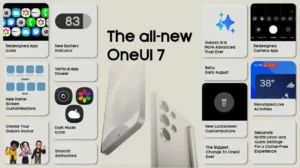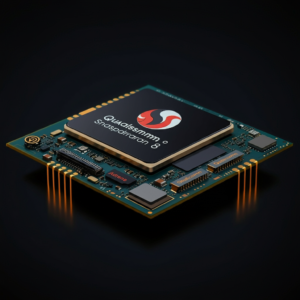Introduction
Mobile positioning has become a cornerstone of modern digital experiences, enabling services that range from navigation to personalized marketing. This article explores the technologies behind mobile positioning, how they’ve evolved, and their vital role in today’s interconnected world.
Understanding Mobile Positioning
Mobile positioning refers to the technological methods used to determine a mobile device’s location. Technologies such as GPS (Global Positioning System), Wi-Fi positioning, and cellular triangulation are commonly used, either individually or in combination, to provide precise location data. This functionality is fundamental to numerous applications and services across various industries.
The Evolution of Mobile Positioning
The journey of mobile positioning technologies from simple GPS functionality to sophisticated systems that leverage multiple data sources has significantly enhanced location accuracy and reliability. Innovations like Assisted GPS (A-GPS), which helps devices fix their GPS location faster with the help of cellular networks, and the adoption of positioning in IoT devices mark key advancements in this field.
Current Applications of Mobile Positioning
Today, mobile positioning underpins a wide array of applications. It enables efficient navigation and real-time tracking, supports geofencing for security and marketing, and enhances user experiences through location-based services in apps and social media. Additionally, it plays a crucial role in emergency services, helping to quickly locate individuals in need of assistance.
Challenges and Considerations
Despite its benefits, mobile positioning raises important privacy and security concerns, as the potential for unauthorized tracking and data collection exists. Moreover, technical challenges like the urban canyon effect, which can interfere with GPS signals in densely built-up areas, and the quest for accurate indoor positioning present ongoing obstacles.
Future Trends in Mobile Positioning
The future of mobile positioning looks promising, with potential advancements in AI and machine learning to further refine accuracy and predict user movements. The integration of additional sensors and improvements in global satellite navigation systems are also expected to enhance positioning capabilities, opening new possibilities for innovative applications and services.
Conclusion
Mobile positioning technology has profoundly impacted how we navigate the world, offering unparalleled convenience and enabling a plethora of personalized services. As technology advances, staying informed about developments in mobile positioning will be crucial for understanding its evolving role in society and the opportunities it presents across different sectors.



